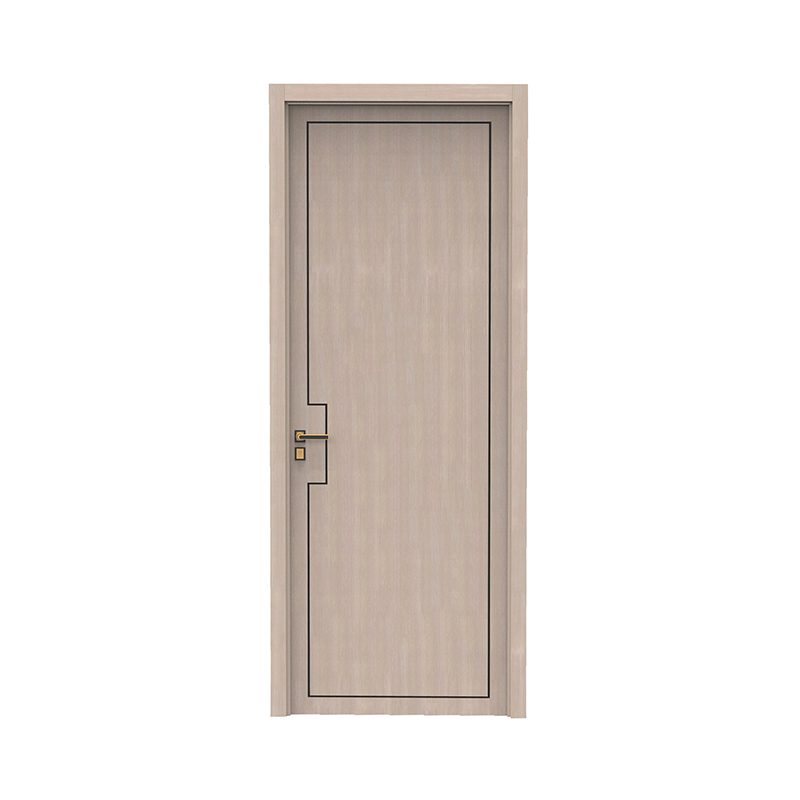News
Exploring WPC Glass Doors and WPC Doors
The world of architecture and construction has witnessed significant advancements in recent years, with a strong focus on sustainable and eco-friendly solutions. Among these innovations, WPC glass doors and WPC doors have emerged as prominent choices due to their durability, aesthetic appeal, and eco-conscious features. In this article, we will delve into the characteristics, benefits, and applications of these cutting-edge materials that have revolutionized the way we perceive and utilize doors in modern construction.
Understanding WPC Glass Doors
WPC (Wood-Plastic Composite) is a composite material made from a blend of wood fibers and thermoplastics, resulting in a versatile, eco-friendly, and durable material. WPC glass doors combine the elegance of glass with the strength and stability of WPC, offering a range of advantages for both residential and commercial applications.
1.1. Aesthetic Appeal
WPC glass doors provide an aesthetically pleasing solution that complements various architectural styles. The transparency of glass allows natural light to penetrate indoor spaces, creating an open and bright atmosphere. Additionally, the WPC frames can be customized to match any desired color, enhancing the overall visual appeal.
1.2. Durability and Longevity
The combination of wood fibers and thermoplastics grants WPC glass doors exceptional durability and resistance to moisture, decay, and insects. Unlike traditional wooden doors, WPC glass doors are less prone to warping or swelling, ensuring longevity and minimal maintenance requirements.
1.3. Sustainability and Eco-Friendliness
By utilizing recycled materials and reducing the dependency on traditional timber, WPC glass doors contribute significantly to sustainable building practices. These doors are also recyclable, making them an eco-conscious choice for environmentally aware architects and homeowners.
Exploring WPC Doors
WPC doors, without the glass inserts, are another versatile option that has gained popularity in modern construction projects.
2.1. High Structural Integrity
WPC doors possess a high strength-to-weight ratio, offering excellent structural integrity while being lightweight compared to traditional wooden doors. This characteristic makes them easier to handle during installation and transportation.
2.2. Resistance to Environmental Factors
WPC doors demonstrate superior resistance to moisture, extreme temperatures, and UV radiation, making them ideal for both interior and exterior applications. They do not fade or lose their original appearance, even when exposed to harsh weather conditions.
2.3. Low Maintenance Requirements
WPC doors require minimal maintenance, as they do not require regular painting or sealing. A simple wipe-down with a damp cloth is sufficient to maintain their pristine appearance, making them a cost-effective and time-saving choice.
Applications of WPC Glass Doors and WPC Doors
3.1. Residential Buildings
In residential settings, WPC glass doors find widespread use in entryways, patios, and balconies. Their ability to merge indoor and outdoor spaces while maintaining energy efficiency has made them a preferred choice for modern homeowners.
WPC doors, on the other hand, are commonly used for bedroom doors, bathroom doors, and utility spaces due to their moisture resistance and durable properties.
3.2. Commercial Spaces
In commercial applications, WPC glass doors are often employed in office complexes, retail stores, and restaurants to create a visually appealing and welcoming ambiance for visitors. Additionally, WPC doors are found in high-traffic areas like shopping malls, where their durability and low maintenance prove invaluable.
The advent of WPC glass doors and WPC doors represents a significant leap in the field of architecture, showcasing the possibilities of merging aesthetics, durability, and sustainability. These innovative door solutions have opened up new avenues for architects, builders, and homeowners alike, providing endless design possibilities while contributing to the global effort towards a greener future. As technology continues to evolve, WPC-based materials will undoubtedly continue to play a pivotal role in shaping the buildings of tomorrow.

 English
English عربى
عربى 中文简体
中文简体




